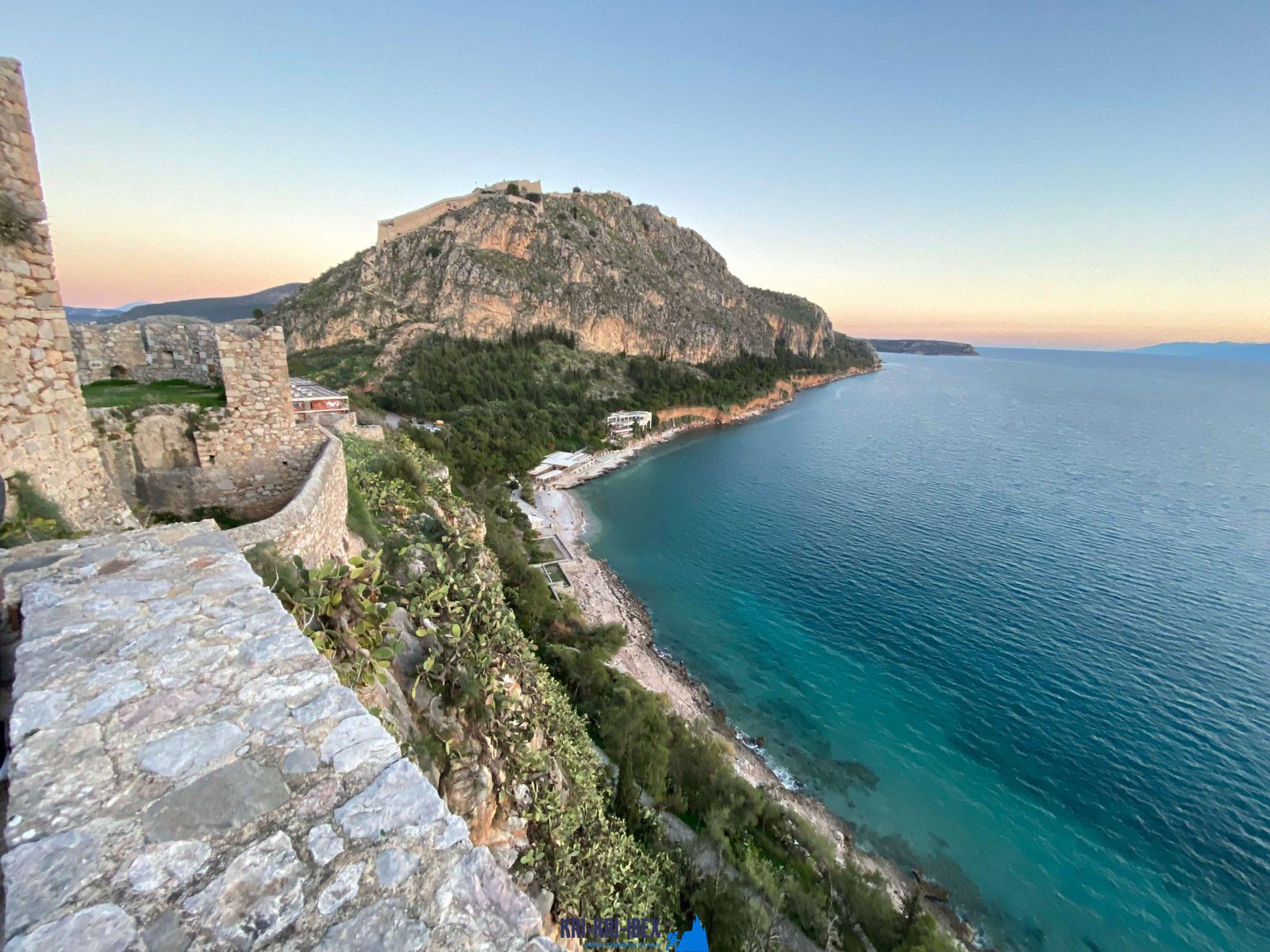
To lots of people, The Peloponnese peninsula on the Greek Mainland is the 'real' Greece, where points have not transformed a lot at all over the centuries although that many people have found it. This is a location where you could easily invest a month or even more but if you are short in a timely manner after that our searching as well as touring Peloponnese Tours from Methoni is a terrific remedy. The Peloponnese peninsula has something for everybody with its several tasks and also tourist attractions.

The hunt for kri-kri ibex on the island of Sapientza can be a difficult and also challenging one. The ibex reside in rugged, steep terrain with sharp, rugged rocks that can easily leave you without footwear after only two trips there. Shooting a shotgun without optics can additionally be an obstacle. The hunt is certainly worth it for the possibility to bag this magnificent animal.
When you arrive in the Peloponnese peninsula is the amazingly beautiful landscape, the very first thing you will discover. The mountains, rivers, forests, and also lakes make this area a nature fan's paradise. There are likewise plenty of possibilities for hiking, fishing, swimming, as well as various other outdoor activities. The Peloponnese peninsula is not simply about its all-natural beauty; there are additionally countless historic as well as social websites to check out. Do not fail to remember also angling, free-diving as well as hunting. Some of the most preferred vacationer destinations in the Peloponnese consist of ancient Olympia, Epidaurus, Mycenae, and also Sparta. These destinations provide a remarkable glance right into Greece's rich background and also culture. If you are interested in learning more about Greek mythology, then you will definitely want to go to Mount Olympus, home of the 12 Olympian gods. Of course, no trip to Greece would certainly be full without attempting several of the scrumptious food. The Peloponnese peninsula is residence to several of the most effective olive oil in the world in addition to feta cheese, olives, honey, and also white wine. See to it to attempt a few of the local specialties such as dolma (packed grape leaves), Souvlaki (grilled meat skewers), and Gyro (meat wrapped in pita bread).
Experience 'Real' Greece with Our Peloponnese Tours. Look no even more than our Peloponnese excursions if you're looking for a genuine Greek experience. From old ruins and castles to delicious food and white wine, we'll show you every little thing that this outstanding region has to use. What are you waiting for? Schedule your trip today! Your Kri Kri ibex hunting in Greece is below!
What is the diference between Kri Kri ibex, Bezoar ibex and hybrid ibex
The kri-kri is not thought to be indigenous to Crete, most likely having been imported to the island during the time of the Minoan civilization. Nevertheless, it is found nowhere else and is therefore endemic to Crete. It was common throughout the Aegean but the peaks of the 8,000 ft (2,400 m) White Mountains of Western Crete are their last strongholds–particularly a series of almost vertical 3,000 ft (900 m) cliffs called ‘the Untrodden’—at the head of the Samaria Gorge. This mountain range, which hosts another 14 endemic animal species, is protected as a UNESCO Biosphere Reserve. In total, their range extends to the White Mountains, the Samaria National Forest and the islets of Dia, Thodorou, and Agii Pandes.
This Ibex is NOT a diminutive form of the Bezoar Ibex, which has migrated into the western-most reach of the range of this species. The kri – kri (Capra aegagrus cretica), sometimes called the Cretan goat, Agrimi, or Cretan Ibex, is a feral goat inhabiting the Eastern Mediterranean, previously considered a subspecies of wild goat. The kri-kri has a light brownish coat with a darker band around its neck. It has two horns that sweep back from the head. In the wild they are shy and avoid tourists, resting during the day. The animal can leap some distance or climb seemingly sheer cliffs.
“The agrimi goat Capra aegagrus cretica is unique to Crete and its offshore islands. It has been identi®ed as a sub-species of the wild bezoar goat Capra aegagrus aegagrus Erxleben, 1777, which it closely resembles in horn shape, body form and coloration. This classi®cation has been disputed by some researchers who claim that the agrimi are feral goats, derived from early domestic stock brought to the island by the ®rst Neolithic settlers. In order to clarify this issue, DNA analyses (cytochrome b and D loop sequences) were carried out on tissue of live and skeletonized agrimi and compared to sequences of wild and domestic caprines. Results conclusively show the agrimi to be a feral animal, that clades with domestic goats (Capra hircus) rather than with wild Asiatic bezoar. This study demonstrates that morphometric criteria do not necessarily re¯ect genetic af®nities, and that the taxonomic classi®cation of agrimi should be revised.”